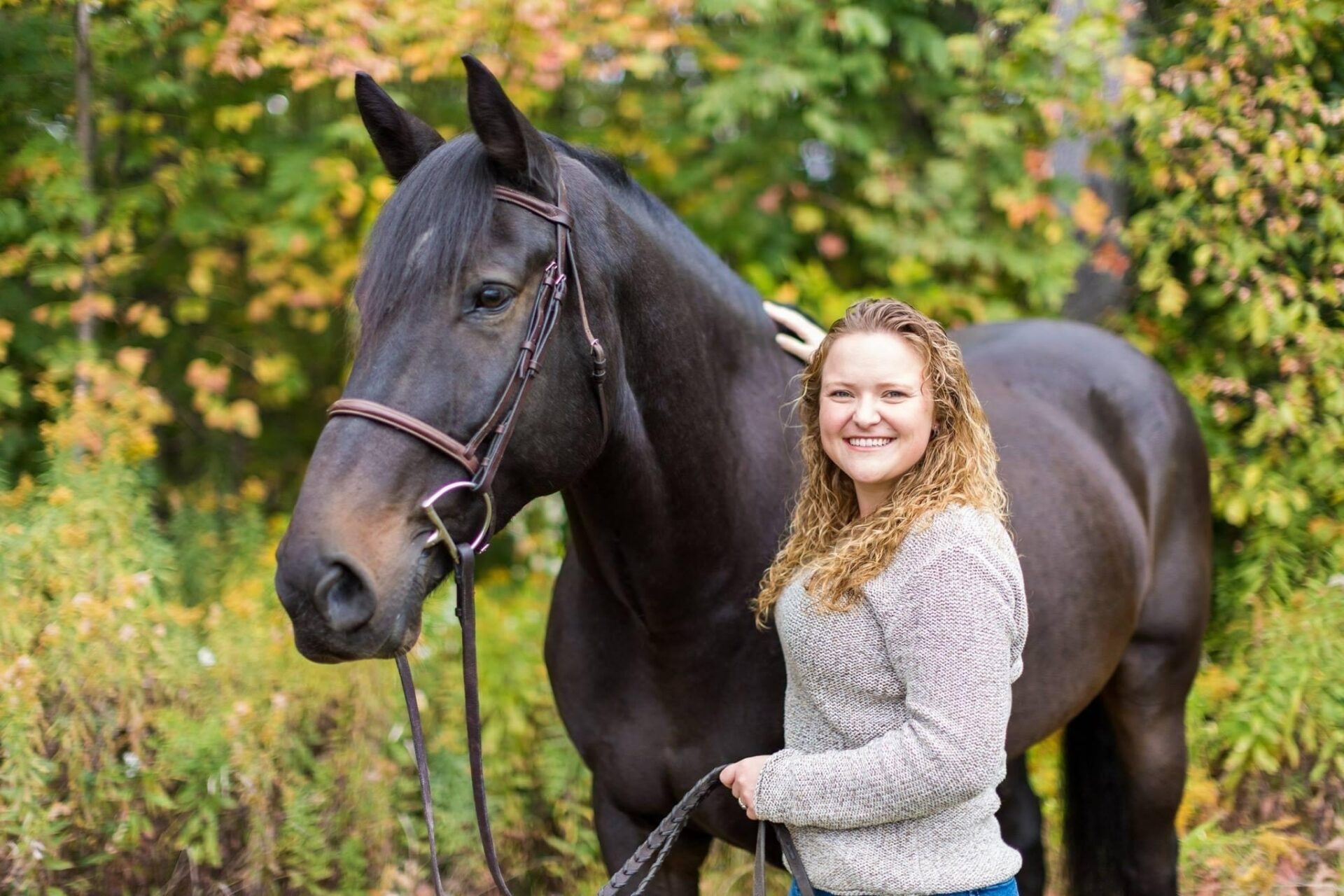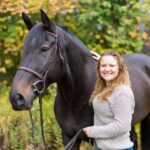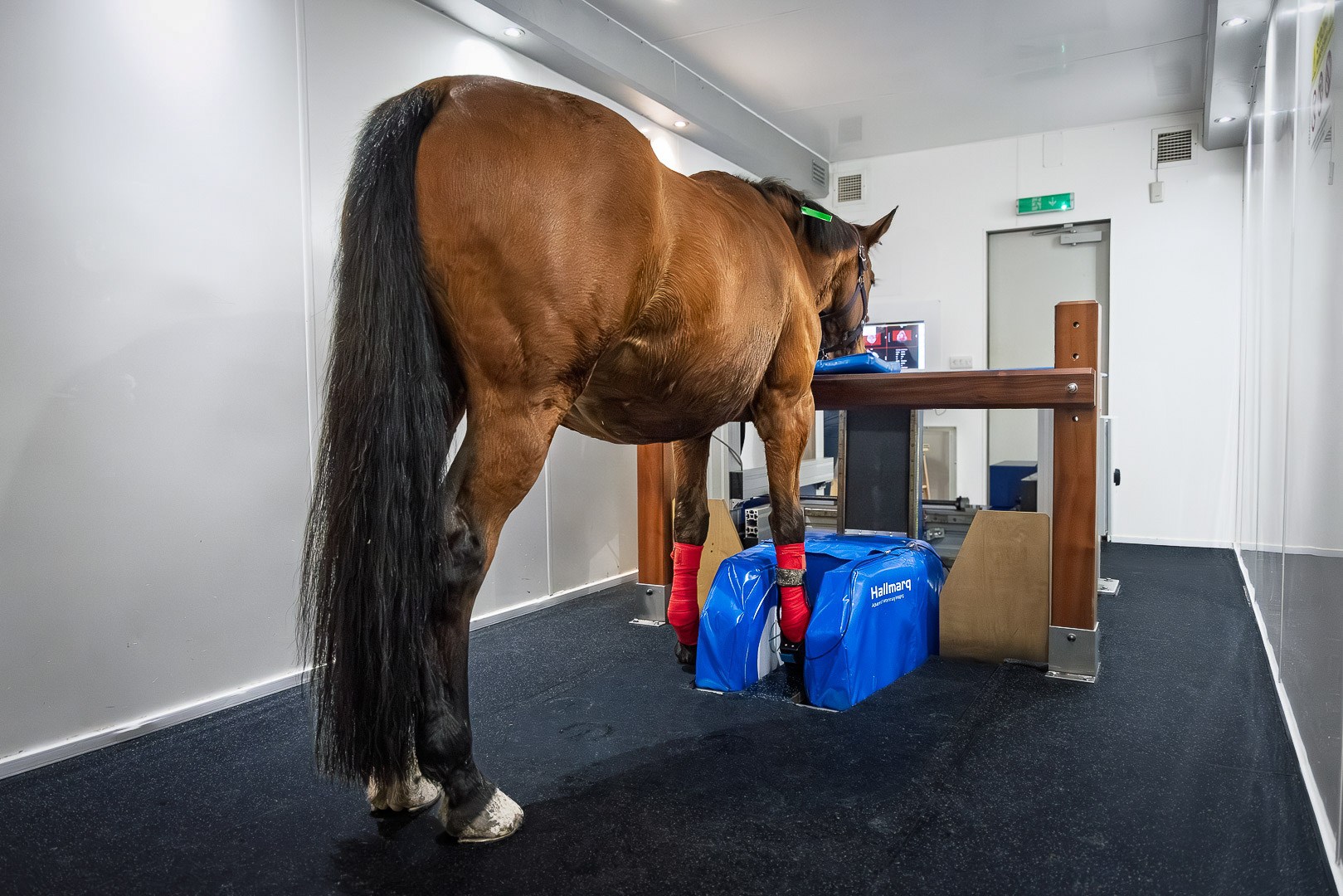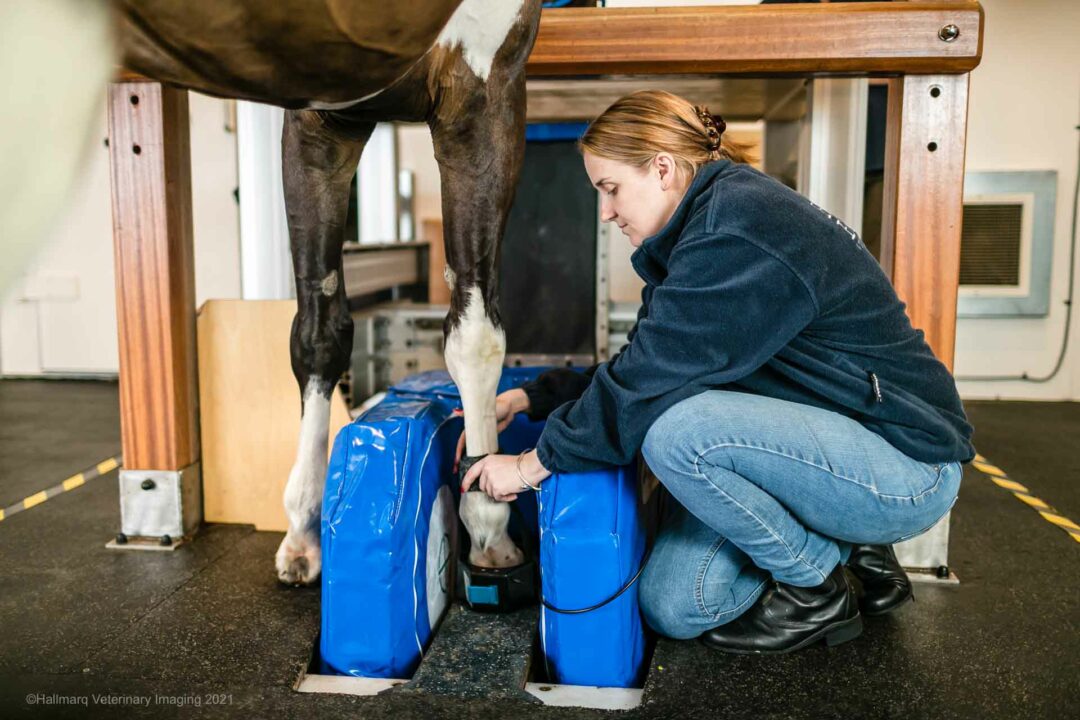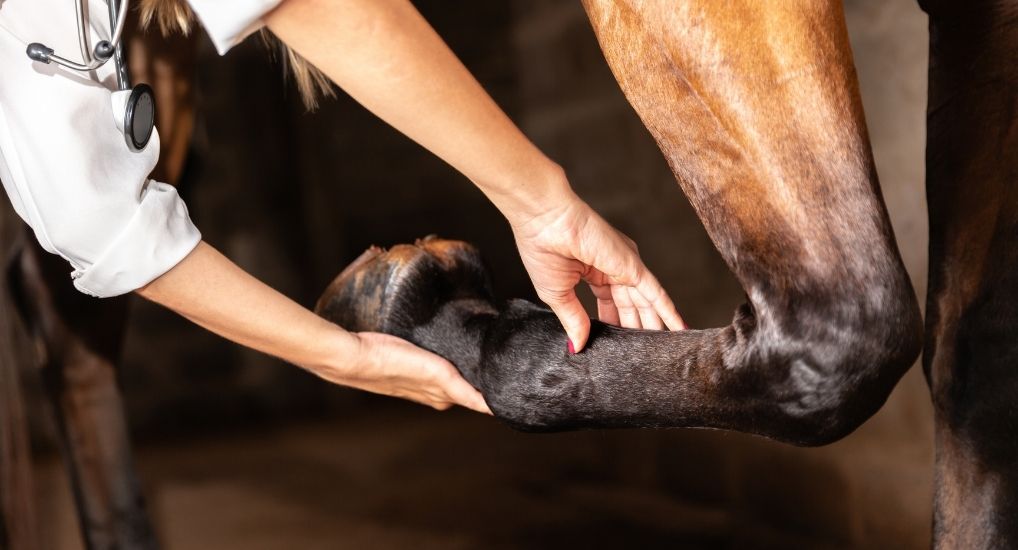What happens when “down” MRI – or MRI under general anesthesia – isn’t an option for your horse? Horse owner Ellie Woznica got in touch to say that her horse, Berkeley, recently underwent a Standing MRI. It helped provide the diagnosis she needed in order to get him fit and well again. Read her story of Berkeley’s journey back to health.
Love at First Ride!
Berkeley and I first met when he was 4 years old and had been under saddle for eight months. I tried him when I had a horrible migraine and there was a county fair happening across the street. It was love at first ride! He tolerated my mixed cues and horrible migraine-induced balance, ignoring the loud air horns and rollercoaster noises from across the street.
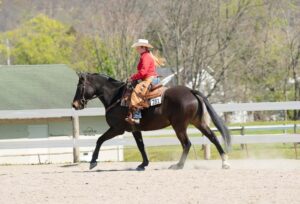
Choosing Wisely
It’s true that everyone thinks their own horse is “special.” But Berkeley is one of those horses everyone thinks is special. He has the kindest eyes and an enormous heart he just wants to share with both horses and humans. When he first arrived at the barn, after I bought him, he was out alone until we could find a suitable group for him. Instead of waiting for us each day, he would jump the 5’ wooden fences out of his paddock and in with a group of horses. One day, he jumped in with three elderly horses (the oldest being 35 and the youngest being 24). He was calm and not rambunctious, sharing his hay with everyone in the group, and they groomed each other daily. He picked his buddies, so we let him stay and he never jumped out again.
Mutual Appreciation
Since then, I’ve always operated under the impression that there’s nothing keeping Berkeley anywhere. Somehow, that has made our partnership stronger. Knowing he could leave anytime he pleased, created a mutual appreciation and respect unlike I’ve ever had with any other horse.
We have been on so many adventures together: horse shows all over the northeast, hunter paces, college, and to the home with a barn that my boyfriend and I purchased in northern Pennsylvania back in 2019. We have competed together in everything from the jumpers, and hunter derbies, and even in western tack for ranch classes. Berkeley and I are known for our bareback and bridleless rides and for always being found together.

The Most Reliable of Rides
When my Multiple Sclerosis relapsed this past Summer, leaving me blind and paralyzed on my right side, Berkeley and I were separated for the first time. For months I was in hospital having to re-teach myself how to brush my teeth and write my name. When I got home my boyfriend helped me put a saddle on Berkeley, and we went for a trail ride. Despite not being ridden or seeing each other in months, he was as sure-footed and dependable as always. Allowing me to hold onto his mane for the entire ride to help keep my wobbly body in the saddle.
Looking for the Answers
Finally feeling better in March, I was determined to get back to riding. I brushed Berkeley, tacked him up, and put a neck rope on him. For a short ride in the indoor, I hoped I could balance with that, and not with the bit in his mouth. Unfortunately, he was lame. I palpated his leg. No heat or swelling, but an increased pulse to his left front hoof. Like anyone would, I hoped it was an abscess. After a few days with no improvement, his vet came out for a lameness evaluation. Anything scary was ruled out with x-ray, then I was recommended something I’ve had done countless times on myself, an MRI scan.
Safety First
I know that MRI for horses of all breeds and sizes can involve laying down the horse under general anesthesia. While many people opt for this route, I just wasn’t comfortable with putting Berkeley under general anesthesia for a diagnostic purpose. With his mother being a full Clydesdale, and him already being a “lightweight” when it came to sedation for procedures like his yearly dental, I didn’t want to risk his safety. But I did want answers.
I’d heard about Hallmarq’s standing equine MRI becoming more readily available, so began my research. After a few calls, and explanations about Berkeley’s foot size, I called Equigen down in Cochranville, PA. Owner, Dr. Kent was so helpful and said I was welcome to drive down. She promised to try everything she knew to make the capsule fit over his foot. Excited for even the chance to try, Berkeley and I made the four-hour drive from my barn to Dr. Kent’s.
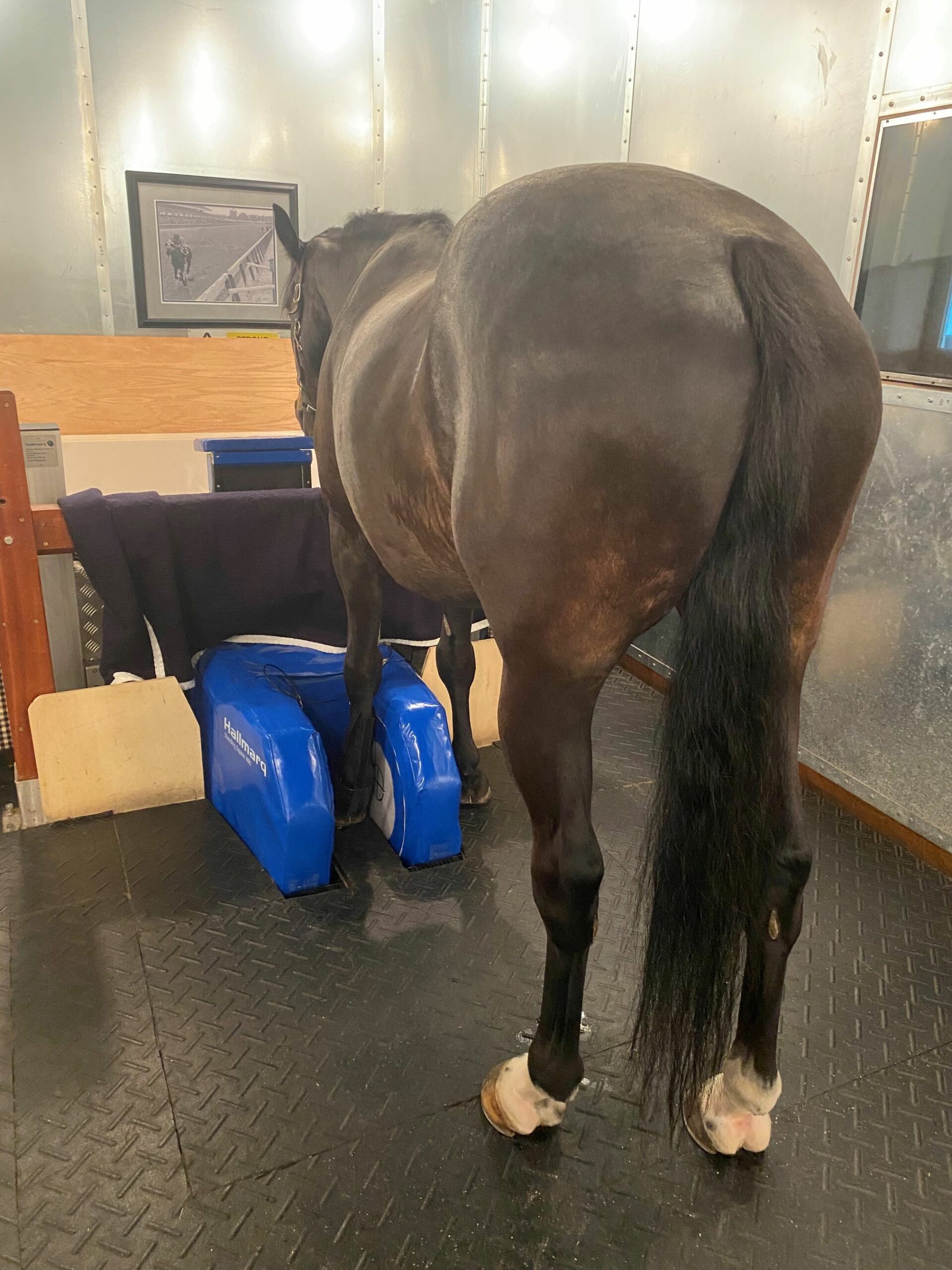
The hoof coil that we worried might not fit Berkeley’s large half-draft hoof fit like a glove! Dr. Kent imaged both his hoof and his pastern. I was tickled to hear her give him “A student” status for standing so well. I was even more thrilled that Berkeley was able to come home that same day and spend the night out in his paddock.
“I got the results in less than 24 hours and I had the answers I needed.”
Ellie Woznica, Owner and Trainer, Double Barrel Creek LLC
Definitive Diagnosis
The MRI scan confirmed that Berkeley had a lesion on his interphalangeal lateral collateral ligament. Although it was obviously not the abscess I was praying for, I now had the answers I needed to take care of the horse who has done nothing but take care of me. The farrier came out and set him up with the Deniox lateral collateral ligament shoe followed by a visit to Cornell for a recheck. They recommended Pro Stride and shockwave treatment as the next step in Berkeley’s successful return to soundness.
“I’m so thankful for Hallmarq’s standing MRI that made this possible for Berkeley. It was so comforting to not have to worry about his safety under general anesthesia!”
Ellie Woznica, Owner and Trainer, Double Barrel Creek LLC
Berkeley has been my partner for so long now, he healed me more times than I can count, and now it’s my turn to heal him.
Guest blogger, and Berkeley’s owner and trainer, Ellie Woznica, can be contacted at doublebarrelcreekpa@gmail.com or you can follow her on Instagram.
